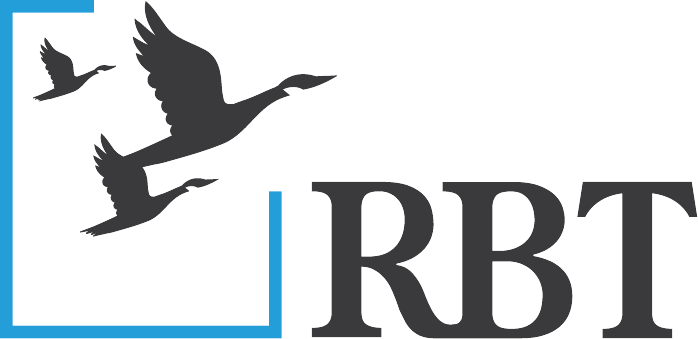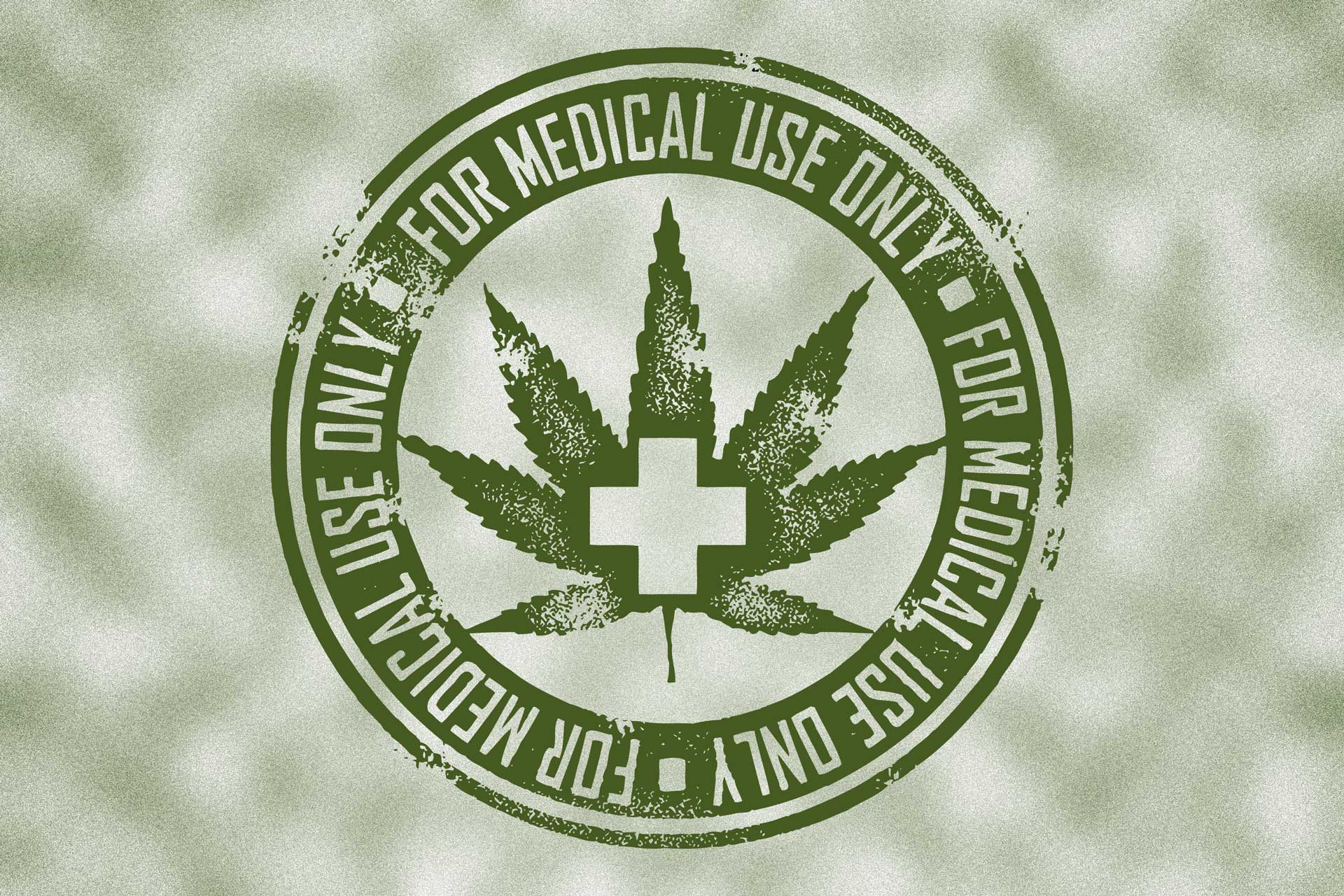Looking for loan money? It’s time to consider The United States Department of Agriculture (USDA). Yes, even if you are scratching your head and thinking, “but my manufacturing operation has nothing to do with farming,” you could still be eligible. The USDA is indeed responsible for developing and executing federal laws related to farming, forestry, rural economic development, and food. But your company may still qualify for USDA guaranteed loans regardless. These loans are very similar to Small Business Administration (SBA) loans, but with a focus on promoting small businesses and creating jobs in rural communities. The USDA Rural Development program improves the economic health of rural communities by increasing access to business capital through loan guarantees which enable commercial lenders to provide affordable financing for rural businesses.
Who qualifies for the Business and Industry (B&I) Guaranteed Loan Program?
- For-profit or non-profit businesses
- Cooperatives
- Federally-recognized Tribes
- Public bodies
- Individuals engaged or proposing to engage in a business
In terms of restrictions: individual borrowers must be citizens of the United States or reside in the U.S. after being legally admitted for permanent residence. Additionally, private-entity borrowers must demonstrate that loan funds will remain in the U.S., and the facility being financed will primarily create new or save existing jobs for rural U.S. residents.
What is considered an eligible area?
- Rural areas not in a city or town with a population of more than 50,000 inhabitants
- The borrower’s headquarters may be based within a larger city as long as the project is located in an eligible rural area
- The lender may be located anywhere in the United States
- Projects may be funded in either rural or urban areas under the Local and Regional Food System Initiative
- Check eligible addresses for Business Programs
How can my company use these loan funds?
- Business conversion, enlargement, repair, modernization or development
- The purchase and development of land, buildings and associated infrastructure for commercial or industrial properties
- The purchase and installation of machinery and equipment, supplies or inventory
- Debt refinancing when such refinancing improves cash flow and creates jobs
- Business and industrial acquisitions when the loan will maintain business operations and create or save jobs
What can these loan funds NOT be used for?
- Lines of credit
- Owner-occupied and rental housing
- Golf courses or golf course infrastructure
- Racetracks or gambling facilities
- Churches or church-controlled organizations
- Fraternal organizations
- Lending, investment and insurance companies
- Agricultural production, with certain exceptions (1)
- Distribution or payment to a beneficiary of the borrower or an individual or entity that will retain an ownership interest in the borrower
What is the maximum amount of a loan guarantee?
The loan guarantee percentage is published annually in a Federal Register notice. B&I loans approved in Fiscal Year 2021 will receive an 80 percent guarantee. While there is no minimum loan amount, USDA B&I loans generally do not exceed $10 million (with some exceptions going up to $25 million or more). Most USDA business loans are between $200,000 and $5 million, with the average loan amount around $3 million. There are, however, requirements on the loan-to-value ratio, which are based on how you plan to use the funds. This also means that you’ll need to make a down payment for the loan.
What are the loan terms?
The lender will establish and justify the guaranteed loan term based on the use of guaranteed loan funds, the useful economic life of the assets being financed and those used as collateral, and the borrower’s repayment ability. The loan term will not exceed 40 years. Interest rates are negotiated between the lender and borrower. Rates may be fixed or variable. There is an initial application guarantee fee, currently 3 percent of the guaranteed amount. There is a guarantee retention fee, currently 0.5 percent of the outstanding principal balance, paid annually (2). Reasonable and customary fees for loan origination are negotiated between the borrower and lender. Qualifying projects may receive a reduced fee of 1 percent.
How do I get started?
Applications are accepted from lenders through USDA local offices year-round. Interested borrowers should inquire about the program with their lender, and lenders interested in participating in this program should contact the USDA Rural Development Business Programs Director in the state where the project is located. For more ideas to help your business thrive in these challenging times, contact our Manufacturing Services Group today. Whatever the size of your venture, we can help you meet your goals, now and for the future.
Sources: USDA, Value Penguin


